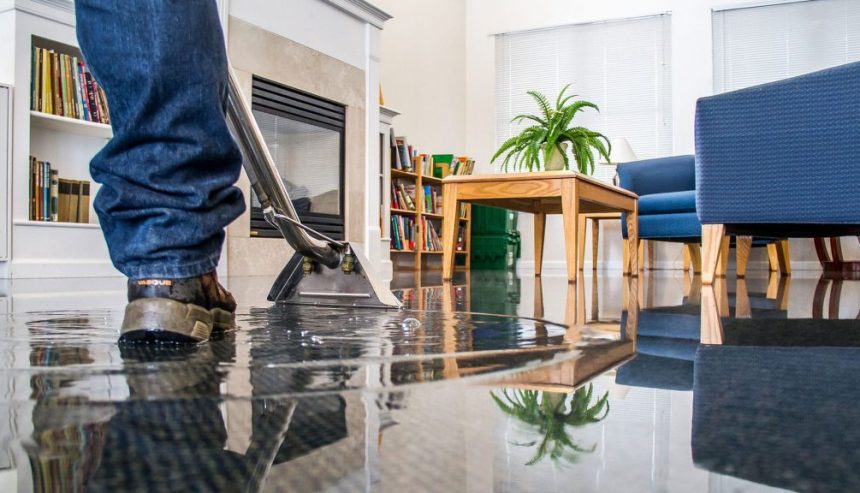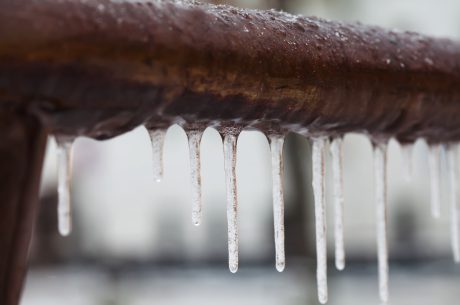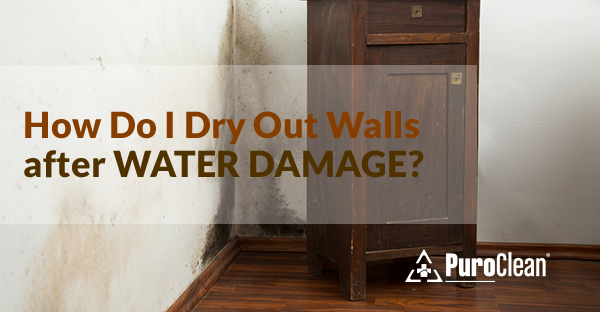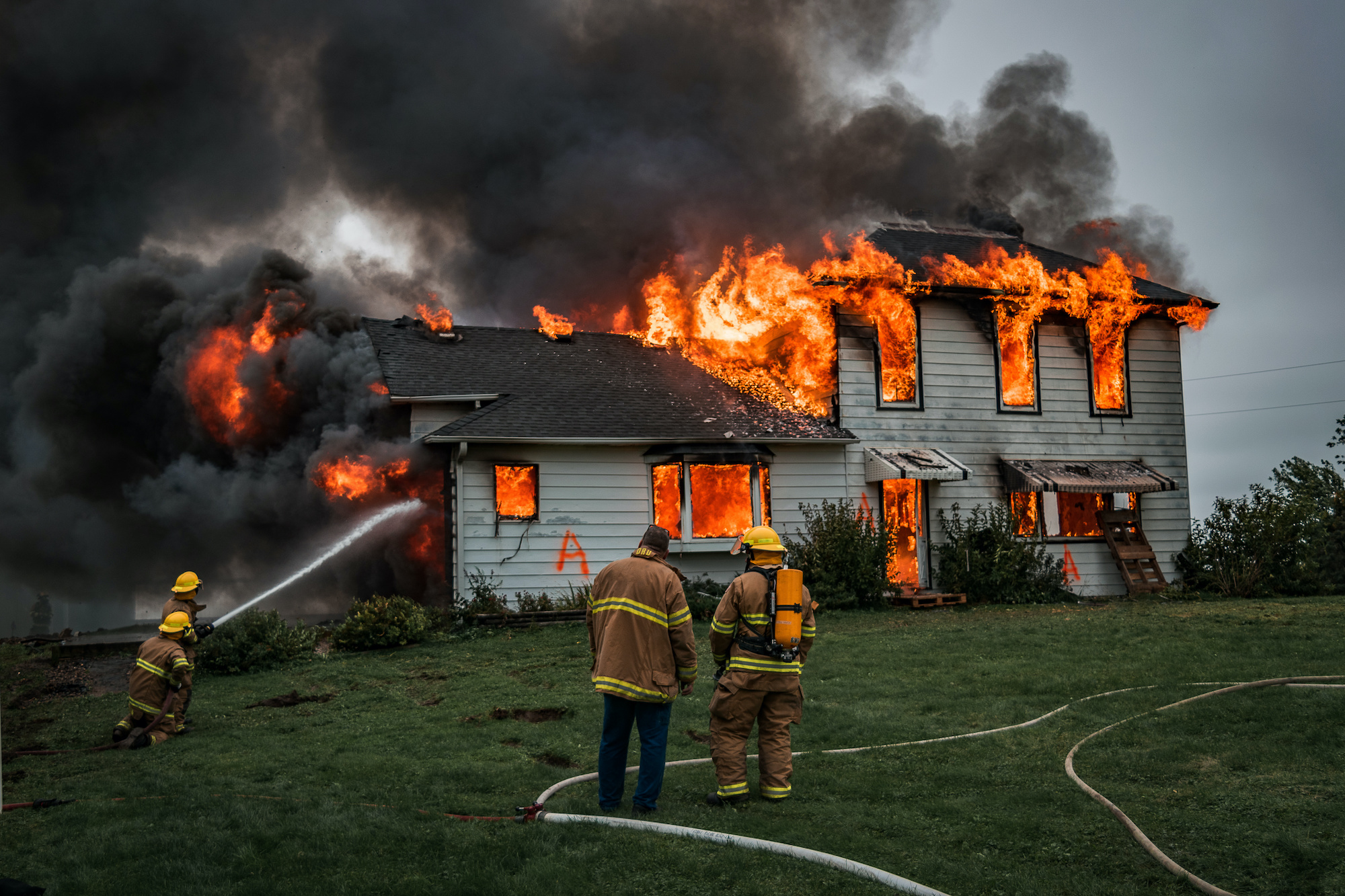Utah’s ever-changing climate is at it again with its beautiful fickle weather and the resultant effects it comes with. Today storm water is now running through the greater parts of Utah and leading to water damage problems in homes and commercial buildings.
Stormwater is water from rain, snow, sleet and hail, that flows across the ground and pavement or when snow and ice melt. The water seeps into the ground or drains into the storm drain system while picking up and carrying numerous pollutants into our waterways. Many of these pollutants can cause problems in very small amounts. Pollutants in stormwater may include antifreeze, grease, oil, and heavy metals from cars; fertilizers, pesticides and other chemicals from gardens, homes and businesses; bacteria from pet wastes and failing septic systems, as well as sediment from poor construction site practices.
If not properly managed, large volumes of stormwater can flood and damage homes and businesses. This can result in water damage problems that can run into hundreds and thousands of dollars. If this happens to you, you’ll need a professional Water Damage remediation and restoration expert to help you curb the damage to your home and restore your property. PuroClean of Bluffdale is your trusted Water Damage Restoration partner with the expertise to help you when flooding or water damage wreaks havoc on your home or commercial building.
Stormwater can cause serious structural damage to buildings, through flooded basements and leaking roofs due to large amounts of runoff water. It can also cause cracks in the foundation of buildings as well as cracks and seams around windows or doors making it a “disaster about to happen”, especially with the changing temperatures in our state of Utah.
The impacts of large amounts of stormwater on our environment (Good & Bad) include the following:
- Flooding – Damage to public and private property
- Eroded Stream Banks – Sediment clogs waterways, fills lakes, reservoirs, kills fish and aquatic animals
- Widened Stream Channels – Loss of valuable property.
- Aesthetics – Dirty water, trash and debris, foul odors
HOW TO PREVENT FLOODING FROM GROUNDWATER
ADD SOME MULCH
If your yard is graded away from your house, you can fill it with mulch. This way, you will keep the soil and allow it to absorb rainwater and hold it whenever it rains. The area of your yard where the flooding happens will be elevated with the help of mulch because it will prevent the water from pooling in the area.
ADD FRENCH DRAINS
You can also add in a French drain in one area, or around your yard. To add in a French drain, you would need to use a trench to dig in your soil. This transfers the water to other areas of your yard and will work best in yards that only have one area of flooding.
DRY WELLS
If you really have huge drainage problems in your yard, then you should consider dry wells. A dry well stores and collects the excess water whenever it rains. This way, the dry well will slowly release the water over your yard in a span of a few days. You can also choose to divert the water to another spot out of your yard. If you are planning on installing a dry well, make sure that you put it at the lowest level of your yard.
SUMP PUMPS
Sump pumps are considered the most effective way to avoid flooding in your yard however, installation is expensive. Pits are dug in your yard and the sump pumps are installed inside the hole. When it rains, the pit will be filled with water, and the pump will then drain the water into another area.
KEEP YOUR DRIVEWAY SHORT
Minimize the amount of hard pavement on your property, for example having a shorter driveway or smaller patio or by having the garage near the front of the property using lawn. Some other alternatives include decking and semi-porous paving such as stones instead of asphalt or concrete.
INSTALL A RAIN GARDEN, PUMICE WICK SWALE
A rain garden is an attractive and effective way of slowing stormwater flow. Water is filtered and absorbed as it slowly makes its way through layers of soil and mulch. Moisture-loving plants (like flaxes and grasses) thrive in rain gardens.
A pumice wick is made up of layers of pumice, newspaper or porous mesh, and dirt. Water directed into the wick slowly filters down and along it – sometimes to a deep gravel-filled hole that water can be recycled from, sometimes to a rain garden or swale.
A swale is a wide, gently sloping, vegetated channel that captures water, allowing it to filter into the soil. Choose tough plants that can cope with dry periods and the ground being saturated. Native plants such as manuka, carex grasses, flaxes and hebes are excellent choices for planting in a swale.
MINIMIZE SITE DISTURBANCE
If you’re building or renovating, clearing a site or significantly altering the landscape can change the amount and direction of stormwater runoff and increase the amount of sediment that gets into the stormwater system.
By leaving land and vegetation as untouched as possible, you’re less likely to have problems with flooding and erosion.
COLLECTING AND USING RAINWATER
Rainwater can be collected and used in your garden and for other household uses such as washing your clothes and flushing the toilet. The more rainwater you collect, store and use, the less will end up in the stormwater system.
Choose PuroClean for Your Fire, Water, and Damage Cleanup Services in Bluffdale, UT, Salt Lake and Utah County
PuroClean of Bluffdale are experts in water damage mitigation and water damage restoration. PuroClean of Bluffdale is available 24/7 for emergency services. Call PuroClean of Bluffdale at (801) 254-6204 today for all Water Damage related problems and inquiries.




 PuroClean of Bluffdale
PuroClean of Bluffdale